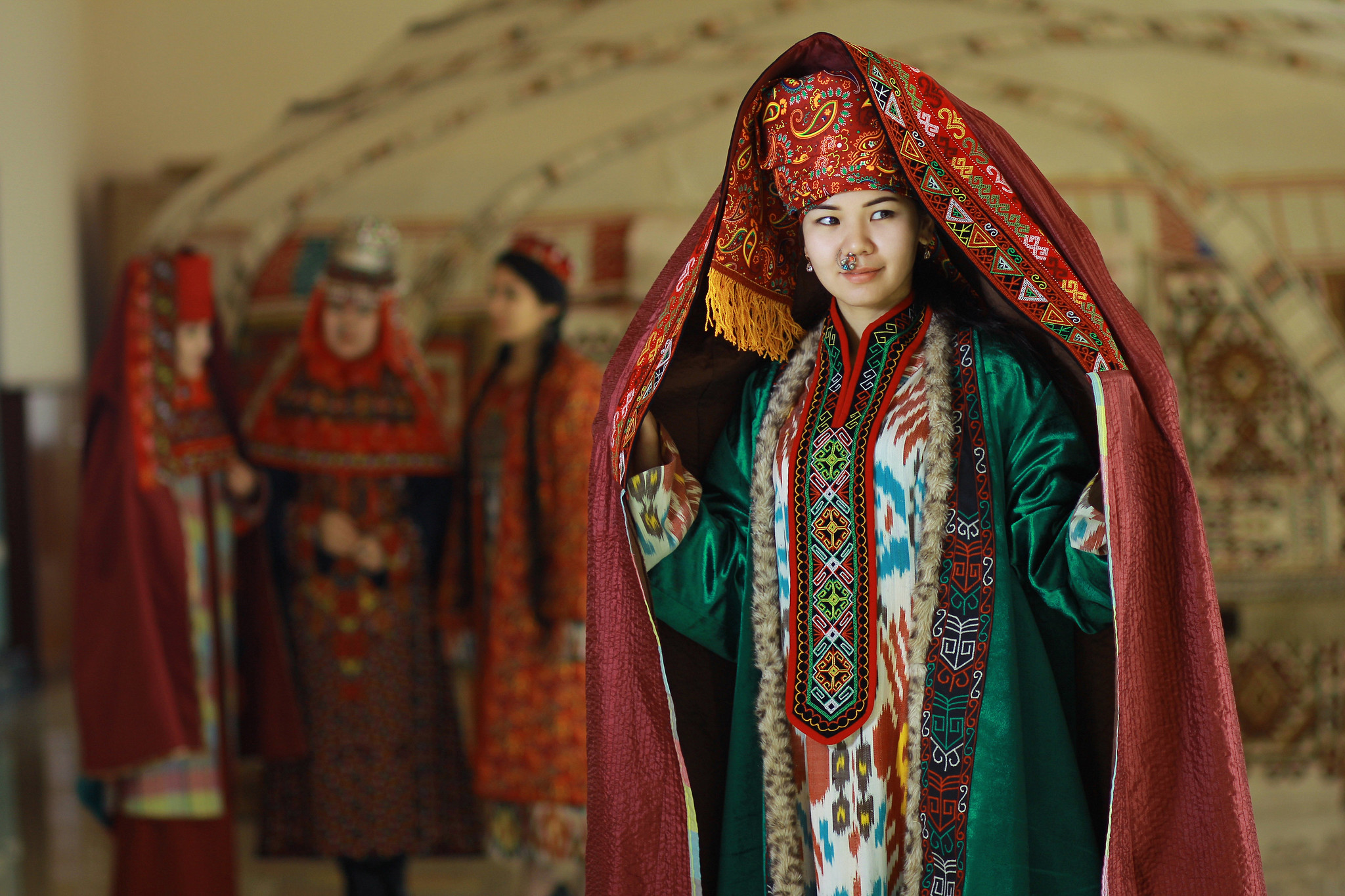sztroy.info – Nestled within the borders of Uzbekistan lies the Autonomous Republic of Karakalpakstan, a region rich in history, culture, and natural beauty. Despite being less well-known than other parts of Uzbekistan, Karakalpakstan offers a unique blend of traditions, landscapes, and historical sites. This article delves into the fascinating features of Karakalpakstan, highlighting its cultural heritage, geographical diversity, and the challenges it faces today.
Historical and Cultural Significance
The People and Culture
Karakalpakstan is home to the Karakalpak people, a Turkic ethnic group with a distinct cultural identity. The Karakalpaks have a rich tradition of oral literature, music, and crafts, reflecting their nomadic heritage and historical ties to the broader Central Asian region. Visitors to Karakalpakstan can experience traditional Karakalpak hospitality, explore vibrant local markets, and admire the intricate craftsmanship of textiles and embroidery.
The Nukus Museum
One of the cultural highlights of Karakalpakstan is the Nukus Museum of Art, also known as the Igor Savitsky Museum. Located in the capital city of Nukus, this museum houses a remarkable collection of avant-garde Russian and Central Asian art, much of which was preserved from Soviet censorship. The museum offers a unique insight into the region’s artistic heritage and is a must-visit for art enthusiasts.
Geographical Diversity
The Aral Sea Tragedy
Karakalpakstan is perhaps most famously associated with the Aral Sea, once one of the world’s largest inland lakes. Over the past decades, the sea has dramatically shrunk due to extensive water diversion for agricultural purposes, leading to an environmental and socio-economic crisis. The desiccation of the Aral Sea has had profound impacts on the region’s climate, health, and livelihoods, making it a poignant symbol of human-induced environmental change.
The Ustyurt Plateau
The Ustyurt Plateau spans the western part of Karakalpakstan and offers a stark yet stunning landscape of desert plains, canyons, and salt flats. This remote area is home to unique flora and fauna adapted to the harsh environment, and it provides opportunities for adventure tourism, including trekking and wildlife observation.
Challenges and Opportunities
Environmental and Economic Issues
Karakalpakstan faces several challenges, primarily related to the environmental degradation of the Aral Sea and its aftermath. The region grapples with health issues, such as respiratory diseases and water scarcity, as well as economic difficulties stemming from the loss of fishing and agricultural productivity. Efforts are underway to address these challenges through environmental restoration projects and economic diversification initiatives.
Tourism Potential
Despite its challenges, Karakalpakstan holds significant potential for tourism development. Its unique cultural attractions, such as the Nukus Museum, and its dramatic natural landscapes offer diverse experiences for travelers. Sustainable tourism could play a vital role in boosting the local economy while preserving the region’s cultural and natural heritage.
Conclusion
Karakalpakstan, with its rich cultural history and diverse landscapes, is a region of both beauty and complexity. While it faces significant environmental and economic challenges, there are opportunities for growth and development through sustainable practices and cultural preservation. As more travelers discover the hidden gems of Karakalpakstan, this autonomous republic stands poised to share its unique story with the world, offering a glimpse into a vibrant and resilient part of Central Asia.
